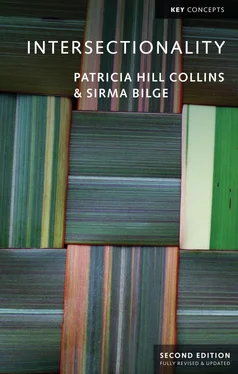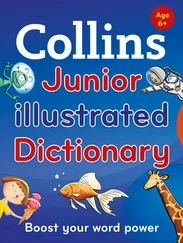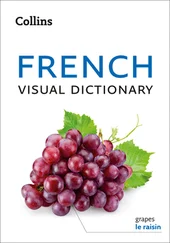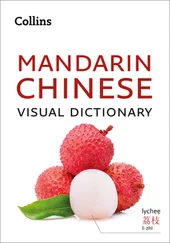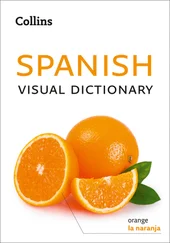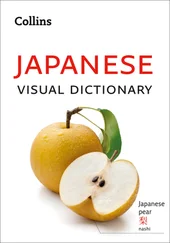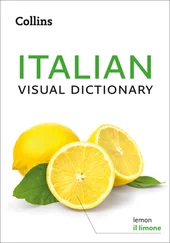In several Brazilian cities, the FIFA cost overruns sparked public demonstrations against the increase in public transportation fares and political corruption. On June 20, 2013, 1.5 million people demonstrated in São Paulo, Brazil’s largest metropolitan area, protesting the exorbitant cost of stadiums, the displacement of urban residents, and the embezzlement of public funds (Castells 2015: 232). As the countdown to the kickoff began, Brazilians took to the streets in more than 100 cities, with slogans expressing objections to the World Cup, such as “FIFA go home!” and “We want hospitals up to FIFA’s standards!” “The World Cup steals money from healthcare, education and the poor. The homeless are being forced from the streets. This is not for Brazil, it’s for the tourists,” reported a Guardian article (Watts 2014). This social unrest provided the backdrop for the games in which, despite making the semifinals, Brazil suffered a historic loss to Germany.
Because FIFA is unregulated, it should come as no surprise that for years it has been accused of corruption. Disputes over where to hold the event, the competition of nations and their financial backers, have characterized the World Cup since its inception. Corporate sponsors, wealthy backers, and the global media outlets appear to be the primary beneficiaries of the World Cup’s global success. There appears to be little if any financial benefit to countries that actually host the World Cup – South Africa recouped approximately 10 percent of its outlay on stadiums and infrastructure for the 2010 World Cup, and many of the 12 stadiums that Brazil constructed for the 2014 event were investigated for graft. Yet nations may have reasons beyond financial gain for hosting the games. Qatar was granted the right to host the 2022 World Cup, suggesting that the fiscal and political controversies that characterize FIFA’s operation will persist. 1
An intersectional analysis of capitalism and nationalism sheds light on structural power relations that enabled FIFA as a global business to influence the public policies of nation-states that host the games. But other categories of analysis in addition to class and nation are also hardwired into FIFA’s structural power relations. Take, for example, gender inequalities. Sports generally, and professional sports in particular, routinely provide more opportunities for men than for women. Thus far, we’ve focused on FIFA’s male athletes, primarily because the first FIFA World Cup held in 1930 was restricted to men. Yet since 1991, when the first women’s games were held in China, FIFA has also administered women’s World Cup soccer. When the US hosted the landmark 1999 World Cup, only a few countries were considered contenders. Since then, women’s World Cup soccer has grown in popularity, reaching unprecedented global audiences by the 2019 event in France. Despite this growing interest, financial benefits that accrue to elite female football players pale by comparison with those offered their male counterparts. These gendered structures within football – for example, the men’s FIFA World Cup launched in 1930 and the women’s FIFA World Cup launched 60 years later in 1991 – foster accumulated advantages and disadvantages based on gender within FIFA’s structural domain of power.
The cultural domain of power emphasizes the increasing significance of ideas and culture in the organization of power relations. The FIFA World Cup is an excellent example of how the power of ideas, representations, and images in a global marketplace normalize cultural attitudes and expectations concerning social inequalities. Significantly, the World Cup is the most widely watched sporting event in the world, exceeding even the Olympic Games. For example, FIFA’s audit of the 2018 World Cup in Russia reports that a combined 1.12 billion viewers worldwide watched the final. Over the course of the games, a combined 3.572 billion viewers – more than half of the global population aged 4 and over – tuned in to watch some aspect of the games at home on TV, in public viewing areas of bars and restaurants, and on digital platforms. From the perspective of FIFA’s organizers and financiers, the possibilities of reaching this massive global consumer market of sports fans are limitless.
Given the growth of mass media and digital media, it is important to ask what cultural messages concerning race, gender, class, sexuality, and similar categories are being broadcast to this vast global audience. In this case, promoting and televising football offers a view of fair play that in turn explains social inequality. Broadcast across the globe, the World Cup projects important ideas about competition and fair play. Sports contests send an influential message: not everyone can win. On the surface, this makes sense, but why is it that some individuals and groups of people consistently win whereas others consistently lose? FIFA has ready-made answers. Winners have talent, discipline, and luck, while losers suffer from lack of talent, inferior self-discipline, and/or bad luck. This view suggests that fair competition produces just results. Armed with this worldview concerning winners and losers, it’s a small step toward using this frame to explain social inequalities of race, class, gender, and sexuality, as well as their intersections.
What conditions are needed for this frame to remain plausible? This is where the idea of a level or flat playing field, one advanced by professional football and sports in general, becomes crucial. Imagine a tilted football field installed on a gently sloping hillside with the red team’s goal at top of the hill and the blue team’s goal in the valley. The red team’s players have a clear advantage: when they try to score, the structure of the playing field helps them. No matter how gifted they are, because they are helped by the invisible force of gravity, their players need not work as hard as those from the blue team to score. In contrast, the blue team’s players have an ongoing uphill battle to score a goal. They may have talent and self-discipline, but they have the bad luck of playing on a tilted playing field. To win, blue team members may need to be especially gifted. Football fans would be outraged if the actual playing field were tilted in this way. Yet this is what social divisions of class, gender, and race that are hard-wired into the structural domain of power do – we all think we are playing on a level playing field when we are not.
The cultural domain of power helps manufacture and disseminate this narrative of fair play that claims that we all have equal access to opportunities across social institutions, that competitions among individuals or groups (teams) are fair, and that resulting patterns of winners and losers have been fairly accomplished. This myth of fair play not only legitimates the outcomes of the competitive and repetitive nature of major global sporting competitions such as the World Cup and the Olympics, it also reinforces cultural narratives about capitalism and nationalism. Mass media spectacles of all sorts reiterate the belief that unequal outcomes of winners and losers are normal outcomes of capitalist marketplace competition. Sporting events, beauty pageants, reality television, and similar popular competitions broadcast on a regular basis the idea that the marketplace relations of capitalism are socially just as long as there is fair play. By showcasing competitions between nations, cities, regions, and individuals, mass media reinforces this all-important cultural myth. As long as they play by the rules and their teams are good enough, 195 or so nation-states can theoretically compete in the FIFA World Cup. Yet because rich nations have far more resources than poor ones, a handful of nation-states can field men’s and women’s teams, and even fewer can host the World Cup. When national teams compete, nations themselves compete, with the outcome of such competitions explained by cultural myths.
Читать дальше
